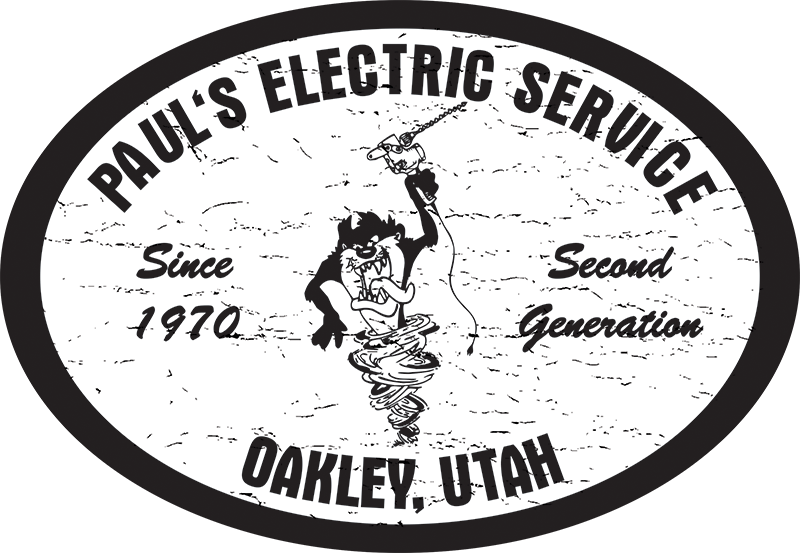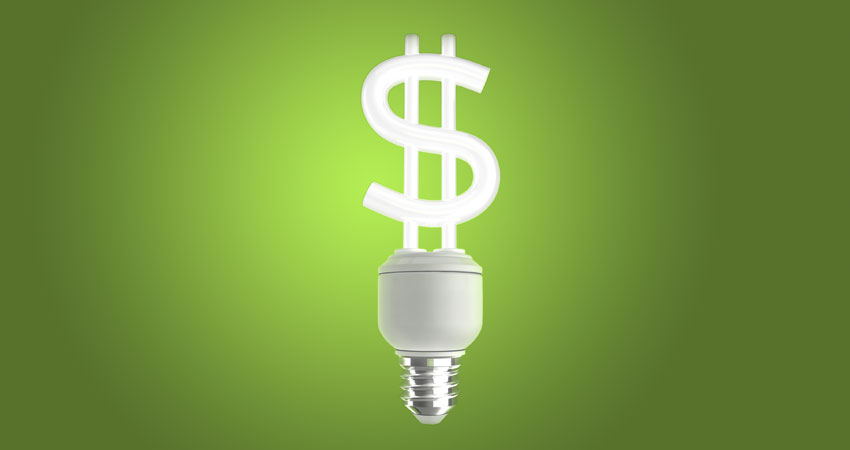If you swapped out your incandescent bulbs for compact fluorescent bulbs several years ago, you know how much expense was involved up front to save money in electrical bills down the road. Now green energy experts are telling you to make another costly swap, this time from fluorescent to LED bulbs. But do LED light bulbs save you money?
In other words, are you going to save enough money down the road by switching from compact fluorescent to LEDs to justify the up front cost? We’ll break down the various costs for light bulbs to help you figure out the best plan to use when moving to an all-LED household. (And if you’re still using all incandescent bulbs in your house — the green energy experts say, shame on you — we’ll break those costs down too.)
CFLs Vs. LEDs

Compact fluorescent lights (CFLs) and LEDs use different technologies. A CFL contains argon and mercury vapors inside a glass tube. Running an electrical current through these vapors creates visible light.
The technology in LED alternates currents with a positive and negative charge quickly to generate energy in the form of light.
An LED creates instantaneous light that also is dimmable, while a CFL must warm up for a few seconds before reaching its brightest level. Most people prefer the performance and light quality of an LED bulb to a CFL.
CFL Costs
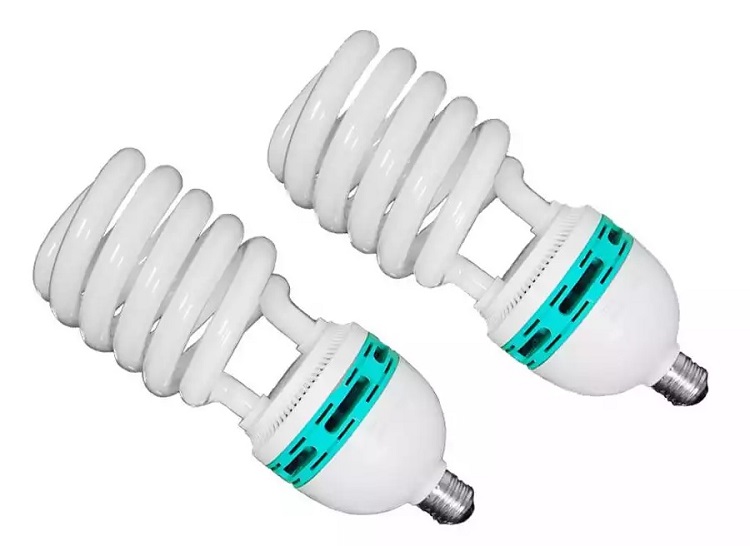
Now it’s time for some math, starting with CFL bulbs. You can purchase CFL bulbs for about $2-$3 each for a standard bulb. And if you have the American household average of 40 light bulbs in your home running about three hours per day, you can expect to spend about $80 per year in energy costs if you’re using only CFLs. (Remember that a CFL bulb offers the equivalent brightness of a 60-watt incandescent bulb by only using about 13 watts.)
LED Costs

LED bulb prices still vary quite a bit. You may have paid $15 or $20 per bulb a couple of years ago, but you now can find LED bulbs for $3-$4 for a standard bulb … sometimes less. With 40 LED light bulbs in your home running about three hours per day, you’d spend about $55 per year energy costs. (An LED bulb with a 60-watt brightness equivalent uses about nine watts.)
Incandescent Costs
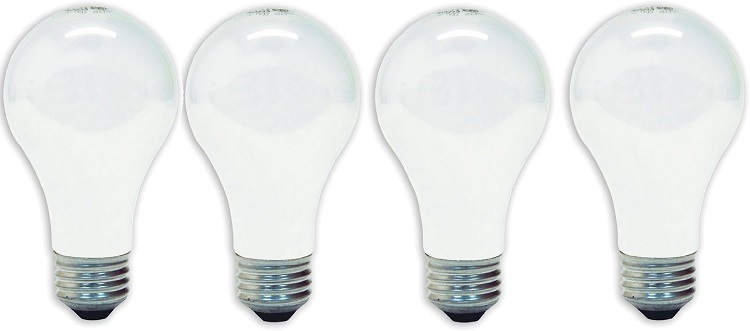
Although you can find incandescent bulbs for only $1-$2 apiece right now, we wouldn’t recommend buying any. If you have 40 incandescent light bulbs (60-watt variety) in your home running about three hours per day, you’d spend about $360 per year in energy costs. That’s a huge amount compared to CFL or LED technology.
The Scoreboard
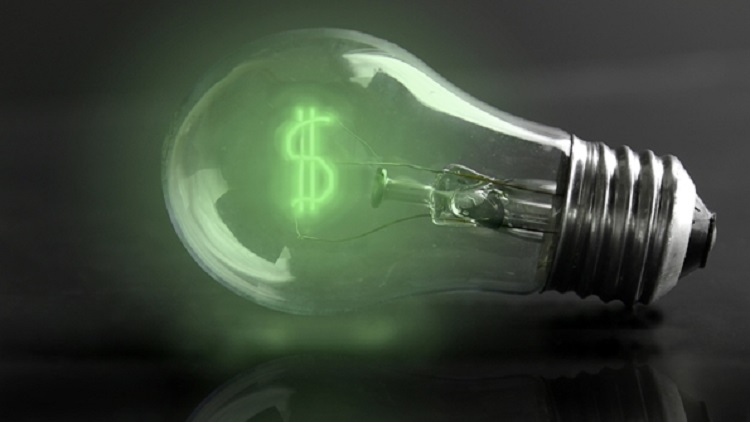
So let’s break down the final numbers. For this chart, we’re assuming that you’ll operate each individual 60-watt equivalent brightness bulb in your home for roughly 1,000 hours per year and that you pay roughly $0.15 per kilowatt hour for power. (According to the U.S. Energy Information Association, residential Americans currently pay between 9.1 and 28.5 cents per kilowatt hour, depending on where they live; more on that later.)
Bulb Type...........INC.....CFL.....LED Cost per bulb.......$1.50 $2.50 $3.50 Lifespan in years...1.2 8 21 Wattage.............60 13 9 Energy Cost*........INC.....CFL.....LED Per 2 years.........$18 $3.90 $2.70 Per 5 years.........$45 $9.75 $6.75 Per 10 years........$90 $19.50 $13.50 Per 20 years........$180 $39 $27 Per 50 years........$450 $97.50 $67.50 *per bulb, approx. 3 hours lit per day Replacement Cost*...INC.....CFL.....LED Per 2 years.........$2.50 $0.62 $0.33 Per 5 years.........$6.25 $1.55 $0.83 Per 10 years........$13.50 $3.10 $1.66 Per 20 years........$27 $6.20 $3.33 Per 50 years........$67.50 $15.50 $8.33 *average cost in home with 40 bulbs
Total Cost*...........INC......CFL......LED 40 bulbs for 2 yrs...$820 $180.80 $121.20 40 bulbs for 5 yrs...$2,050 $452 $303 40 bulbs for 10 yrs..$4,100 $904 $606 40 bulbs for 20 yrs..$8,200 $1,808 $1,212 40 bulbs for 50 yrs..$20,500 $4,520 $3,030 *each bulb lit approx. 3 hours per day
Bottom Line: The Light Bulb Comes On
So what does it all mean for switching to an all LED bulb household?
- Swapping Out Incandescent. If you’re using incandescent bulbs, it’ll pay off immediately to switch to LED. You’ll outlay roughly $140 for 40 LED bulbs initially to replace your 40 incandescent bulbs. But you’ll save roughly $300 annually in energy costs. And one LED bulb will last about 20 times longer than an incandescent. That’s a no-brainer.
- Swapping Out CFL. If you’re using CFL, switching them out to LED all at once may not be quite as clearly beneficial. If you spend $140 for 40 LED bulbs as an initial outlay, the average American household will save roughly $25 in energy costs annually over 40 CFL bulbs. It’ll take nearly six years to receive your return on the initial $140 spend in terms of energy cost savings.
- Swapping Out a Mix. Now most people probably have a mix of incandescent and CFL bulbs (and maybe a few LEDs too) in their homes. We’d recommend immediately swapping out any incandescents for LEDs. Beyond that, it’s probably smartest to just swap out CFLs for LEDs when the CFLs burn out or when you want an improved look to your light. You aren’t going to have a huge energy cost savings by replacing CFLs that still have life in them for LEDs.
Because there’s no significant hurry to swap out CFLs for LEDs to save a bunch of money, we’d recommend waiting and watching the price of LED bulbs. When you see a significant sale on them, say for $2.75 per bulb or less, pick up several of them, as you’ll receive your return on your spend more quickly versus if you’re spending $3.50 or more per bulb. At $2.75 per LED bulb, the average American would receive a return on the upfront cost on 40 light bulbs in about four years instead of six, for example.
Advanced Math: It Matters Where You Live
We mentioned the EIA’s report on electricity costs survey earlier, which studies average energy costs for each state’s residents. If you live in a state where electricity costs are well above average per kilowatt, you’ll receive your payback on investment in LED bulbs sooner. The top 10 states for electricity costs are:
- Hawaii: 28.48 cents per kilowatt hour
- Alaska: 21.18 cents
- Connecticut: 19.66 cents
- Massachusetts: 19.15 cents
- New Hampshire: 19.11 cents
- Rhode Island: 18.17 cents
- California: 17.97 cents
- Vermont: 17.84 cents
- New York: 17.75 cents
- Maine: 16.24 cents
Back to our earlier example of swapping out 40 CFLs for 40 LED bulbs, if you’re in California and paying 17.97 cents per kilowatt hour, you’ll save roughly $30 in energy costs annually over using 40 CFL bulbs. That means you’ll be able to recoup your initial investment of $140 LED bulbs in almost five years, rather than the almost six years at the average cost of 15 cents per kilowatt hour (if you spend $3.50 per LED bulb).
On the flip side, those who live in states with inexpensive electricity will take much longer to recoup that initial investment in LED bulbs. The 10 lowest states for power costs, according to the EIA, are:
- Louisiana: 9.16 cents
- Oklahoma: 9.40 cents
- Washington: 9.51 cents
- Arkansas: 10.08 cents
- Idaho: 10.08 cents
- North Dakota: 10.30 cents
- Utah: 10.71 cents
- Nebraska: 10.73 cents
- Oregon: 10.75 cents
- Missouri: 10.79 cents
So if you live in Utah and choose to swap out 40 CFLs for 40 LED bulbs, you’ll save about $17 in energy costs annually over what you’d spend on CFLs. That means it’ll take nearly eight years to recoup your initial investment of $140 in LED bulbs at $3.50 per bulb, rather than the almost six years at the average cost of 15 cents per kilowatt hour.
Finally, those who use their bulbs more frequently than the average of three hours per day — such as when your son leaves all of the basement lights on all day after he leaves for school, no matter how many times you remind him not to — will recoup their initial investment in new LED bulbs more quickly.
